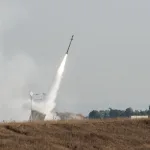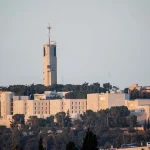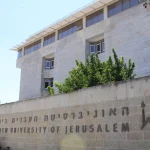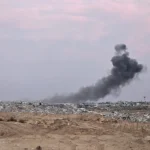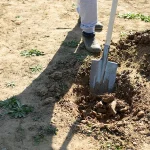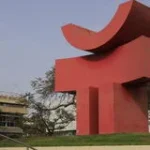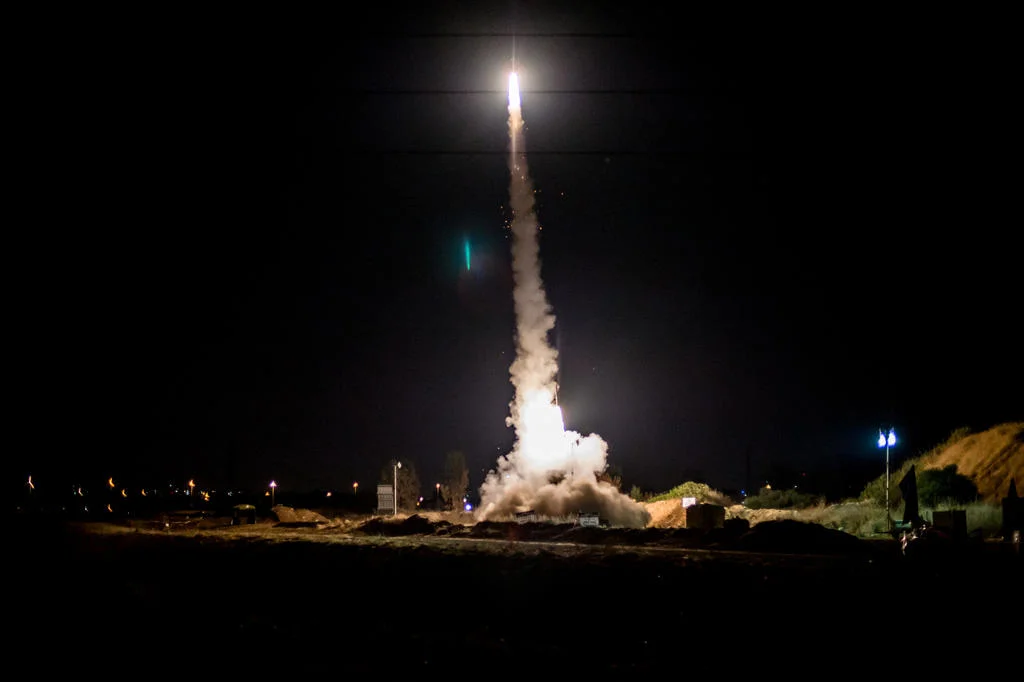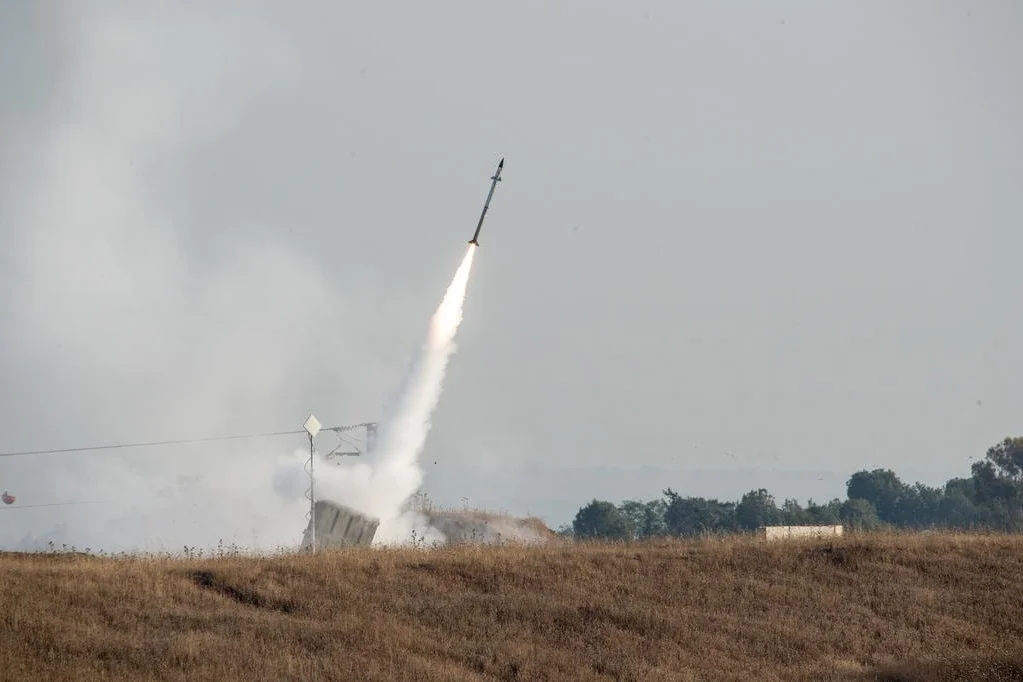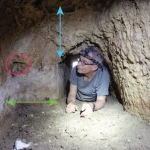Jerusalem, 13 July, 2025 (TPS-IL) — Even by Middle East standards, the village of Ghajar, which sits near the convergence of the Israeli, Syrian and Lebanese boerders is an anomaly.

A statue of St. George slaying a dragon in the Israeli Alawite village of Ghajar on July 9, 2025. Although Israel captured the village from Syria in 1967, United Nations cartographers drew the Israel-Lebanon border through the village in 2000. Alawites are a branch of Shi’ite Islam whose beliefs include elements of Christianity. Photo by Eitan Elhadez-Barak/TPS-IL
In 1967, Israel caputured Ghajar from Syria during the Six-Day War of 1967. Because the residents, all Alawites, still considered themselves Syrian, they asked Israel that their village be conidered part of the Golan Heights.
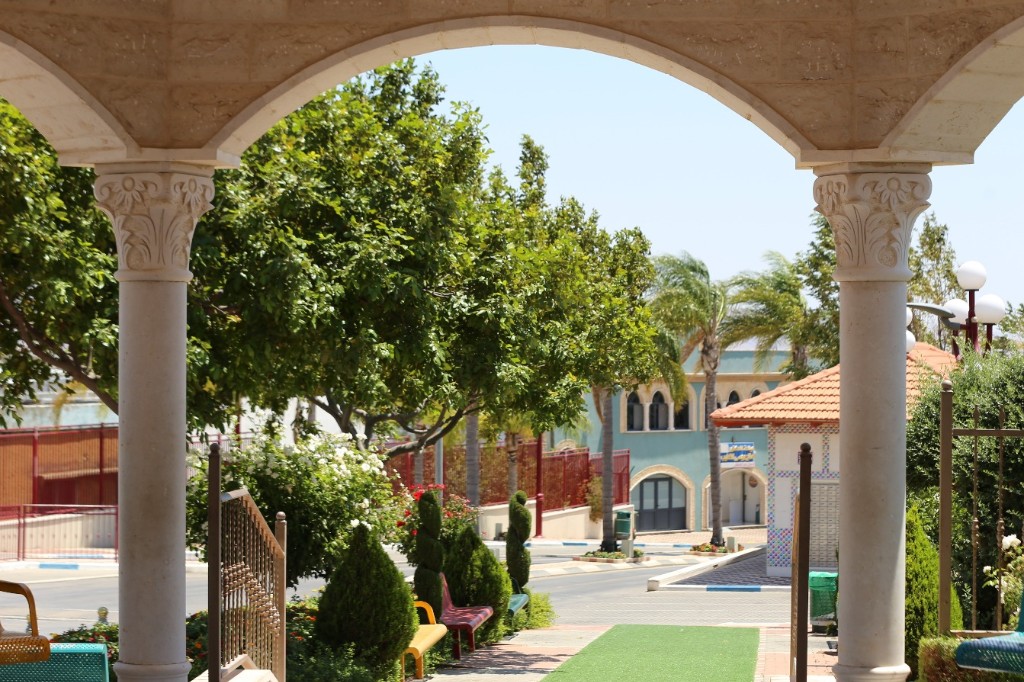
The village of Ghajar on the Israel-Lebanon border on July 9, 2025. Photo by Eitan Elhadez-Barak/TPS-Il
In 1978, Israel handed over its positions in Lebanon to the South Lebanon Army (SLA) and the newly-formed United Nations Interim Force in Lebanon (UNIFIL). Although Israel remained in Ghajar, the village expanded northward into Lebanon with the blessings of the SLA and UNIFIL, effectively blurring the border.
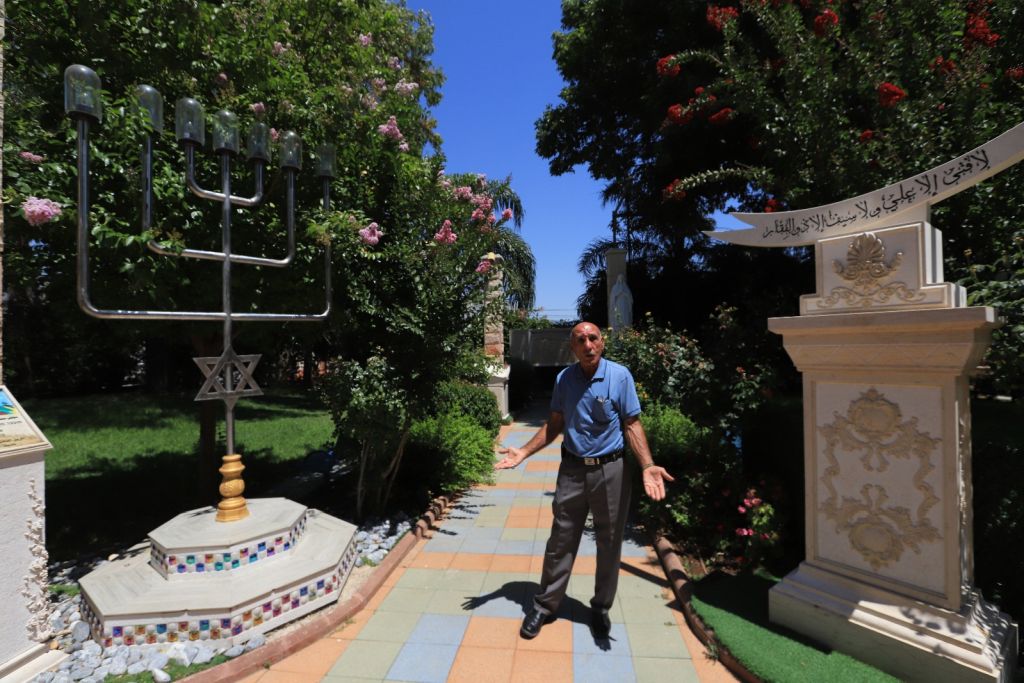
Ghajar resident Jamal Khatib stands between a Jewish menoriah and a statue of a forked sword associated with Imam Ali on July 9, 2025. “My father held a Syrian ID card,” he told The Press Service of Israel. Photo by Eitan Elhadez-Barak/TPS-IL
When israel annexed the Golan Heights in 1981, the Ghajar’s residents accepted Israeli citizenship.

In the village of Ghajar, an image of Ali, Muhammad, and Salman, who symbolically represent three aspects of God in the Alawite concept of Trinity, on July 9, 2025. Photo by Eitan Elhadez-Barak/TPS-IL
Israel invaded Lebanon again in 1982 to push Palestinian terror groups out of southern Lebanon.

A statue of an angel in the now Israeli-Alawite village of Ghajar on July 9, 2025. Alawite faith blends Shi’ite Islam with elements of Christianity. Photo by Eitan Elhadez-Barak/TPS-IL
To mark Israel’s withdrawal from Lebanon in 2000, UN cartographers drew the border, known as the Blue Line, directly through Ghajar.
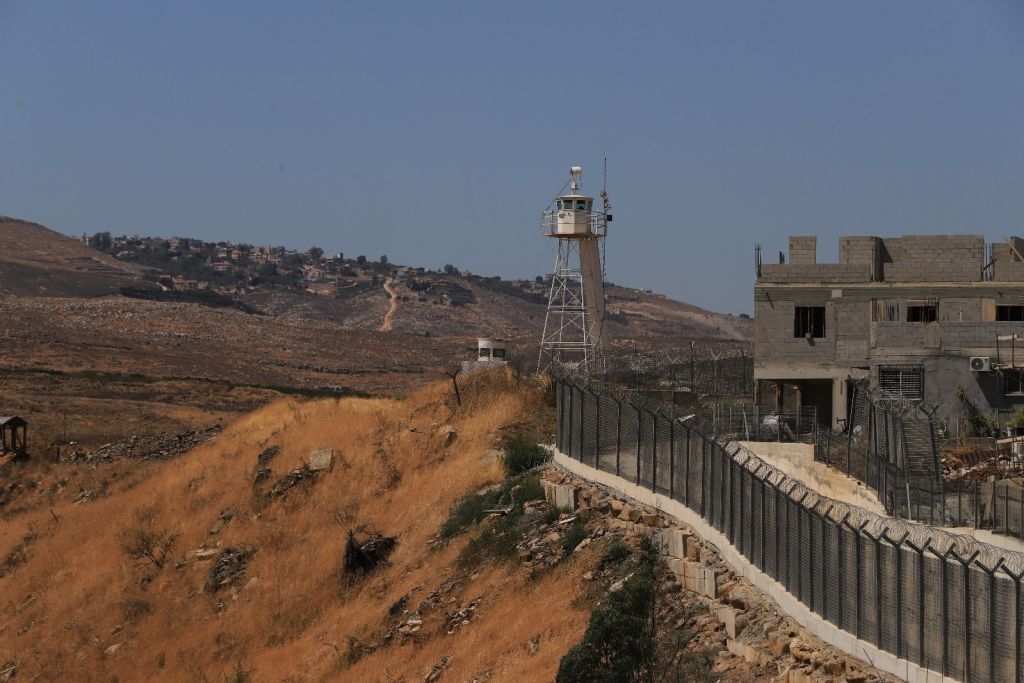
The Lebanes border seen from Ghajar on July 9, 2025. Photo by Eitan Elhadez-Barak/TPS-IL
The villagers refused to let their community be divided, so an unusual status quo developed. Residents were allowed to freely visit both sides of Ghajar. Today, residents of both sides of Ghajar hold Israeli citizenship.
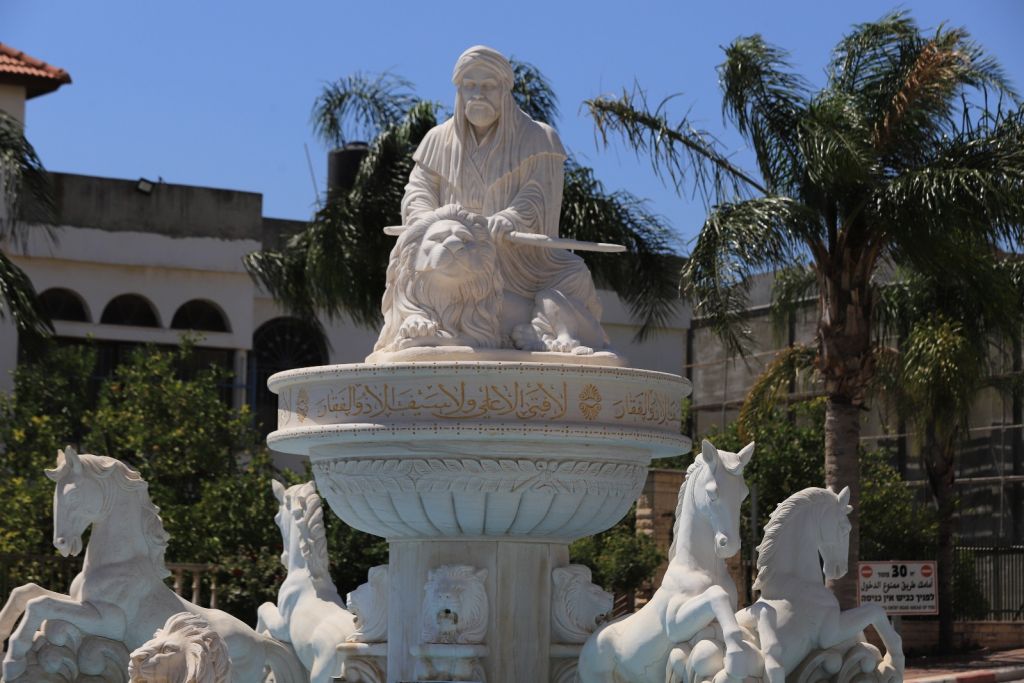
A statue of Imam Ali, pressing a sword against the neck of a lion in the now Israeli-Alawite village of Ghajar on July 9, 2025. Photo by Eitan Elhadez-Barak/TPS-IL
When Hezbollah began firing rockets at northern Israel after Hamas’ October 7 attack, Ghajar residents refused to evacuate.
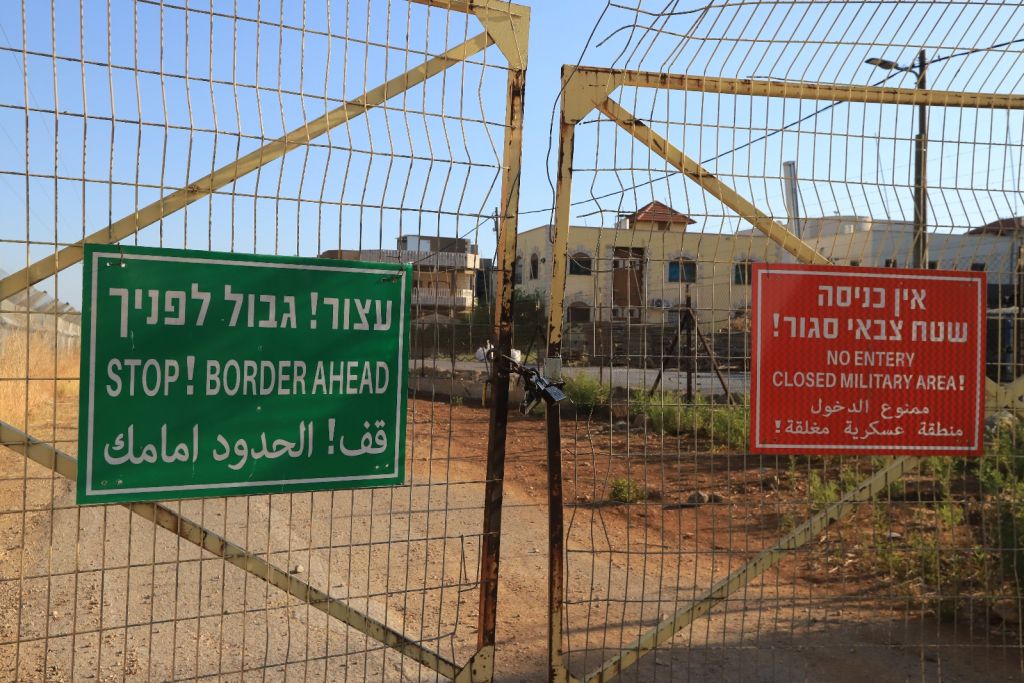
A border gate in Ghajar leadiing to Lebanon on July 9, 2025. Photo by Eitan Elhadez-Barak/TPS-IL
In 2022, a security checkpoint at the entrance to the village was removed, making it possible for Israelis to freely visit Ghajar for the first time. Tourism is now the village’s economic engine.





